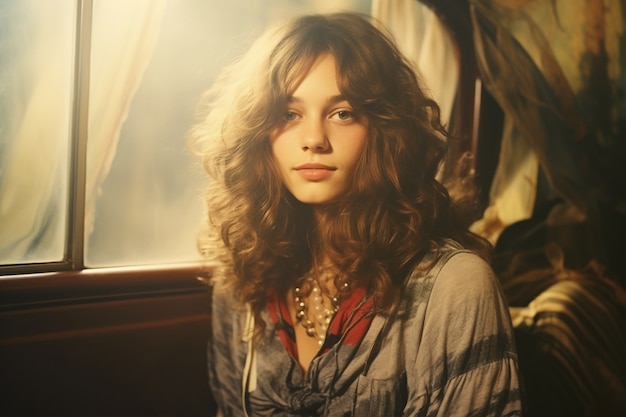
Timothy Dalton shines in the often-overlooked 1983 adaptation of Jane Eyre. If you’re a fan of costume dramas, you’ve probably come across various versions of Charlotte Brontë’s classic story, which revolves around the intense relationship between Jane Eyre and the troubled Mr. Rochester.
For those unfamiliar with the tale, it follows Jane, an orphan raised by a harsh aunt. At ten, she’s sent to the grim Lowood School and eventually becomes a governess at Thornfield, where she meets the enigmatic Mr. Rochester. Their bond deepens, but secrets and a sense of impending doom jeopardize their love.
Jane Eyre, published in 1847, became a hit and has been adapted over twenty times since the first film version in 1910. With so many adaptations, it’s worth noting which ones are particularly standout. Recent notable versions include the 2011 film with Mia Wasikowska and Michael Fassbender, known for its gothic horror elements, and the unforgettable 2006 rendition featuring Toby Stephens and Ruth Wilson.
Among modern interpretations, it’s easy to bypass the 1983 BBC miniseries. However, there are several compelling reasons to give this version a chance.
1. Timothy Dalton’s Performance
Timothy Dalton is phenomenal as Mr. Rochester, embodying the perfect Byronic Hero with his brooding presence and deep emotional understanding. Despite his often-overlooked roles, Dalton’s portrayal in this adaptation is exceptional.
2. Zelah Clarke as Jane
While Ruth Wilson’s portrayal of Jane is hard to top, Zelah Clarke does a commendable job. She conveys Jane’s introverted nature and the hidden passion within, balanced by the character’s imperfections, aligning closely with Brontë’s original vision.
3. Eleven Episodes
The 1983 series spans eleven episodes, allowing ample time to cover the novel’s intricacies, including some added scenes that enrich the story.
4. Detailed Lowood School Episode
The second episode delves deeply into Jane’s experiences at Lowood School, showcasing her bond with Helen Burns and her admiration for Miss Temple. This in-depth exploration is often skipped in other adaptations.
5. Yes, Timothy Dalton Again
Dalton’s striking looks and intense portrayal are captivating. Though some might argue he’s too handsome for the role, Brontë’s original description of Rochester as rugged rather than ugly makes Dalton a fitting choice.
6. The Gypsy Scene
This adaptation bravely includes the scene where Mr. Rochester disguises himself as an old gypsy woman. Dalton’s execution of this tricky scene adds depth to Rochester’s complex character.
7. Romantic Elements
Dalton and Clarke’s chemistry brings the gothic romance to life. The dark, stylized proposal scene highlights the emotional intensity of their relationship.
8. Beauty and the Beast Parallel
The series effectively parallels the Beauty and the Beast fairy tale, emphasizing Jane and Rochester’s deep soul connection over physical appearances.
9. St. John and Miss Oliver’s Love Story
Unlike many adaptations that overlook this subplot, the 1983 version includes the love story between St. John and Miss Oliver, adding layers to the narrative.
10. Timothy Dalton’s Byronic Hero
Dalton’s portrayal of the Byronic Hero is unparalleled, capturing the essence of Rochester with his brooding intensity and complex emotional depth.
While the production has some melodramatic moments and may seem dated, it stands out overall, particularly due to Dalton’s performance. If you haven’t seen the 1983 adaptation, it’s definitely worth a watch for any Jane Eyre enthusiast.

